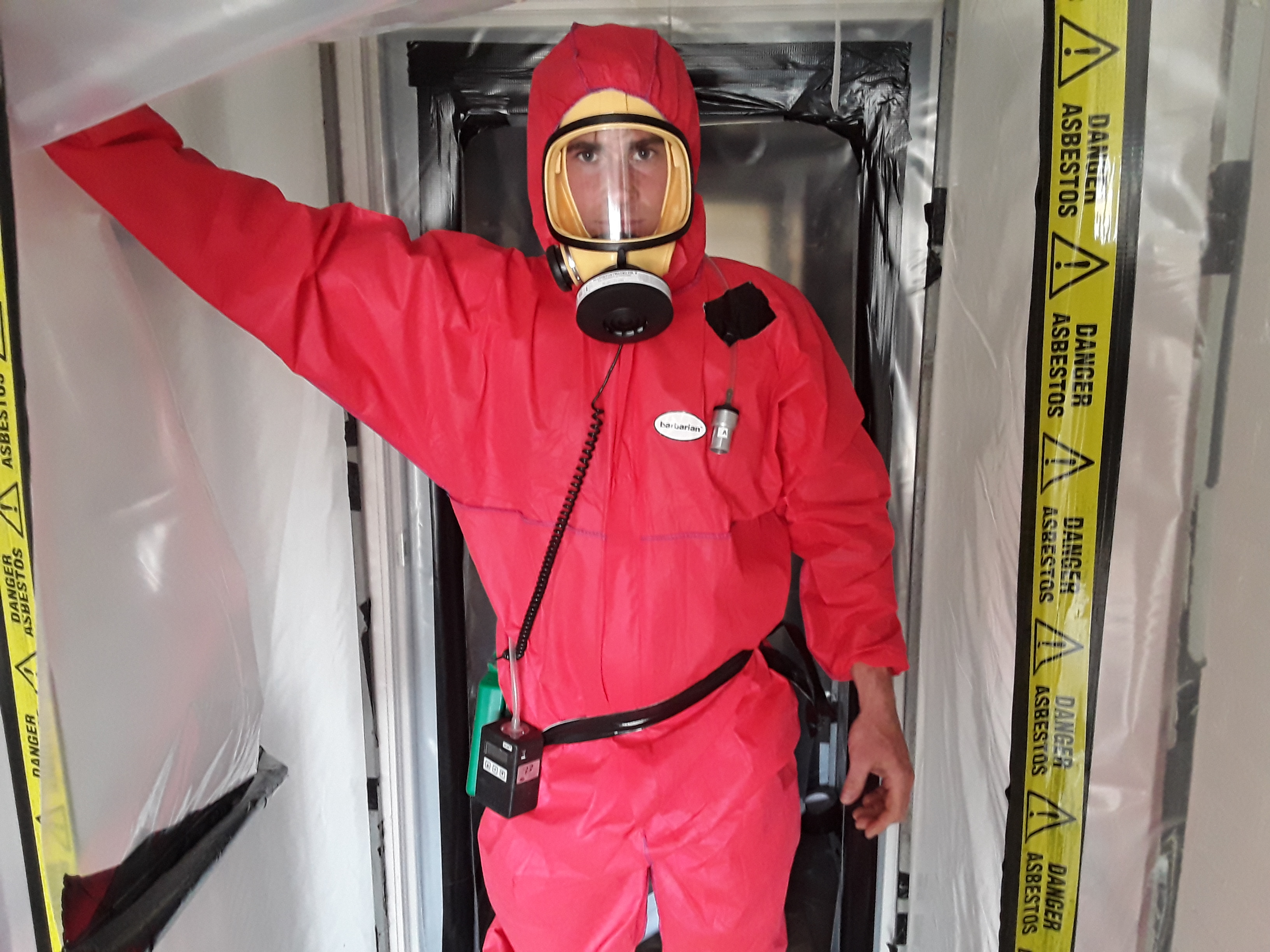Detailed Asbestos Survey Offerings
Detailed Asbestos Survey Offerings
Blog Article
Your Overview to Effective Asbestos Checking Procedures
Asbestos screening procedures are an essential part of ensuring the security of indoor environments, especially in older buildings where this dangerous material may be existing. The prospective wellness threats linked with asbestos direct exposure make it crucial to approach screening with accuracy and thoroughness. From understanding the properties of asbestos to effectively interpreting test outcomes, a detailed guide can equip people with the expertise and devices needed to navigate this complex procedure. Remain tuned to reveal the vital steps and considerations that can help you secure against the risks posed by asbestos.
Understanding Asbestos and Its Risks
Asbestos, a normally taking place mineral known for its warm resistance and durability, presents severe wellness risks when its fibers are breathed in or ingested. asbestos air testing. Exposure to asbestos can result in severe wellness problems such as lung mesothelioma, cancer, and asbestosis. In spite of its advantageous residential or commercial properties, asbestos has been commonly outlawed in numerous countries because of the tested link between asbestos direct exposure and these serious conditions
When asbestos-containing materials are disrupted or damaged,The danger lies in the microscopic fibers that can conveniently become air-borne. When inhaled, these fibers can come to be lodged in the lungs, creating inflammation and scarring in time. The latency duration in between exposure to asbestos and the growth of associated diseases can extend a number of decades, making very early detection and avoidance critical.
Asbestos was typically used in construction products, insulation, and vehicle parts prior to its health and wellness threats were completely understood. Today, correct screening and removal of asbestos-containing materials are essential to protect people from the threats related to asbestos exposure.
Identifying Possible Asbestos Materials
The recognition of potential asbestos products is an important action in ensuring the security of people revealed to unsafe substances in various atmospheres. Asbestos can be located in a wide variety of building materials, including however not restricted to insulation, ceiling floor tiles, floor tiles, cement sheets, and roof covering tiles - asbestos air testing. Determining these products accurately is important to successfully handling the threats linked with asbestos direct exposure

In instances where visual examination is undetermined, samples of suspected materials can be accumulated and sent out to approved research laboratories for screening. These labs employ specialized strategies such as polarized light microscopy or transmission electron microscopy to asbestos clean up service precisely determine the visibility of asbestos fibers in the samples. By complying with extensive identification procedures, people can successfully mitigate the risks connected with asbestos exposure.
Choosing the Right Screening Technique
Recognition of prospective asbestos products plays a vital role in establishing the appropriate testing method for exact asbestos fiber detection. There are 2 primary approaches for asbestos screening: polarized light microscopy (PLM) and transmission electron microscopy (TEM) It is essential to consult with certified asbestos screening professionals to determine the most appropriate technique for your certain testing needs.
Conducting Sample Collection Safely
When collecting samples for asbestos screening, prioritizing precaution is critical to lessen prospective exposure dangers. Asbestos fibers are hazardous when interrupted, making it critical to adhere to proper safety procedures during example collection - asbestos survey. Prior to beginning the tasting process, make certain that you are equipped with individual protective tools (PPE) such as asbestos wire insulation removal disposable coveralls, masks, safety glasses, and gloves to stop inhalation or contact with asbestos fibers
It is vital to damp the tasting area making use of a gentle mist of water to stop the fibers from ending up being air-borne during collection. When gathering samples and prevent aggressive scratching or drilling that might release asbestos fibers into the air, Use care. Instead, carefully cut a small piece of the material utilizing appropriate tools and place it into a sealed container for evaluation by a licensed research laboratory.
In addition, identifying each sample with detailed details pertaining to the tasting enthusiast, place, and day's name is vital for precise record-keeping and evaluation. By complying with these security guidelines, you can carry out sample collection for asbestos screening efficiently while reducing the threat of direct exposure.
Translating Test Outcomes and Next Actions

Conclusion
To conclude, effective asbestos screening procedures are crucial in recognizing and managing prospective health risks related to asbestos exposure. By recognizing the risks of asbestos, determining potential materials, picking the best testing technique, performing sample collection safely, and translating test results precisely, organizations and individuals can take the essential steps to secure themselves and others from the unsafe impacts of asbestos. It is important to prioritize security and proper testing procedures to guarantee a healthy and balanced environment for all.

Identification of potential asbestos materials plays an essential role in figuring out the ideal screening method for exact asbestos fiber discovery. The examination outcomes will show the existence or lack of asbestos, the type of asbestos fibers present, and the focus levels.In verdict, reliable asbestos screening procedures are vital in identifying and managing prospective health risks connected with asbestos direct exposure. By understanding the risks of asbestos, identifying prospective products, picking the best screening technique, conducting sample collection safely, and interpreting examination results properly, individuals and organizations can take the needed actions to safeguard themselves and others from the unsafe results of asbestos.
Report this page